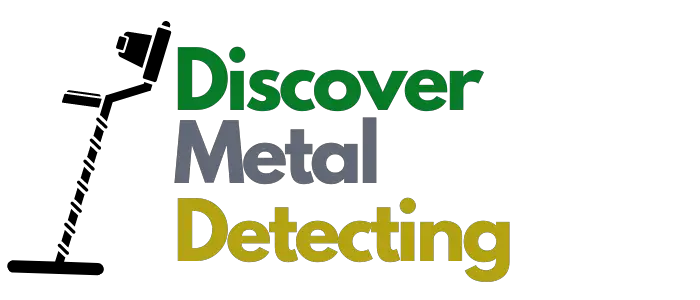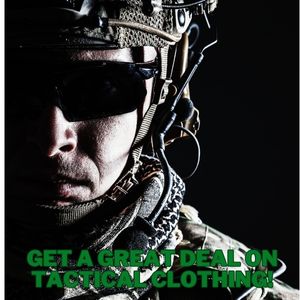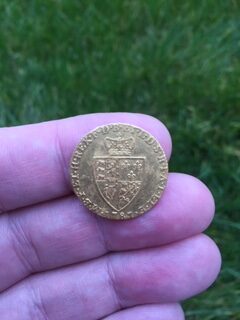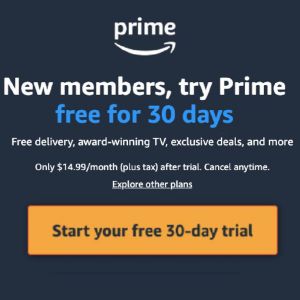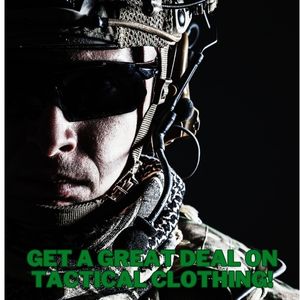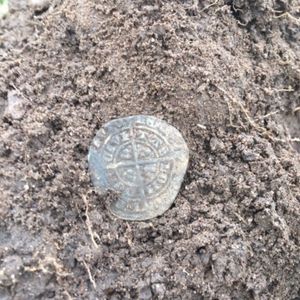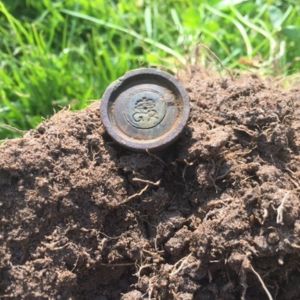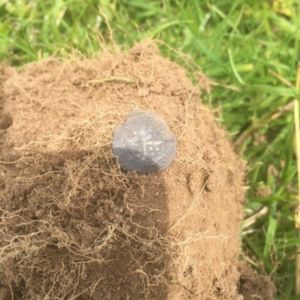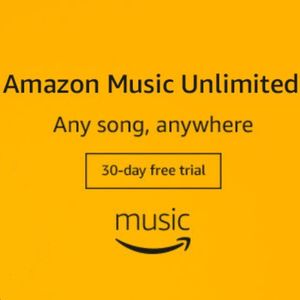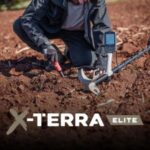Have you ever wondered why some metal detectorists seem to have all the luck after a big storm? Well, it’s not just luck – there’s a method to the madness! Metal detecting after storms can be a goldmine for treasure hunters, quite literally.
In this article, I’ll spill the beans on why weather events are a detectorist’s best friend and how you can make the most of these opportunities. So, grab a cuppa, and let’s dive into the world of post-storm treasure hunting!
The Science Behind Storm-Revealed Treasures

Now, you might be thinking, “What’s all the fuss about storms and metal detecting?” Well, let me tell you, it’s not just about getting a bit wet and muddy.
There’s some serious science behind why storms can be a treasure hunter’s dream.
When a storm hits, it does more than just soak us to the bone. It can dramatically alter the landscape, especially in coastal areas and fields.
Heavy rain, strong winds, and crashing waves can erode soil and sand, revealing items that have been buried for years, decades, or even centuries. It’s like Mother Nature’s doing the digging for us!
Think about it this way: every layer of soil or sand is like a page in history. As the storm peels back these layers, it’s essentially flipping through time, exposing artefacts from different eras. It’s not uncommon for detectorists to find coins, jewellery, or historical artefacts that have been hidden from view for ages.
I remember chatting with old Tom down at the local detecting club. He told me about a Roman coin he found on the beach after a particularly nasty storm. “It was just sitting there, glinting in the sun,” he said, eyes wide with excitement. “If it weren’t for that storm, it might have stayed buried for another 2000 years!”
I also have a related article discussing metal detecting in the rain here.

Unbeatable Multi Frequency!
You can now get the ultimate power of multi frequency technology over single frequency detectors with the Minelab Vanquish range of detectors.
The entry level Vanquish 340 now gives you ultimate depth, stability and sensitivity on all target types in every soil, including wet beach sand.
Best Locations for Post-Storm Detecting
So, where should you head after the clouds clear and the wind dies down? Here are some prime spots for post-storm metal detecting:
- Beaches: Coastal areas are treasure troves after storms. The waves churn up the sand, often revealing lost items.
- Riverbanks: Heavy rains can cause rivers to swell and erode their banks, potentially exposing hidden objects.
- Fields and Parks: Storm runoff can create new channels in the soil, bringing buried items closer to the surface.
- Historical Sites: While you need to be careful about permissions and legalities, areas known for historical significance can yield interesting finds after weather events.
Remember, safety first! Always ensure the area is safe before you start detecting. No treasure is worth risking your life over.
When choosing your post-storm detecting spot, think like a detective. Where would people have gathered in the past? Where might they have lost things? For example, old fairgrounds or picnic spots near rivers can be goldmines.
I once met a chap who found a beautiful Victorian locket in a field that used to be a popular picnic spot in the 1800s. The storm had washed away just enough topsoil to bring it within range of his detector. Imagine the stories that locket could tell!
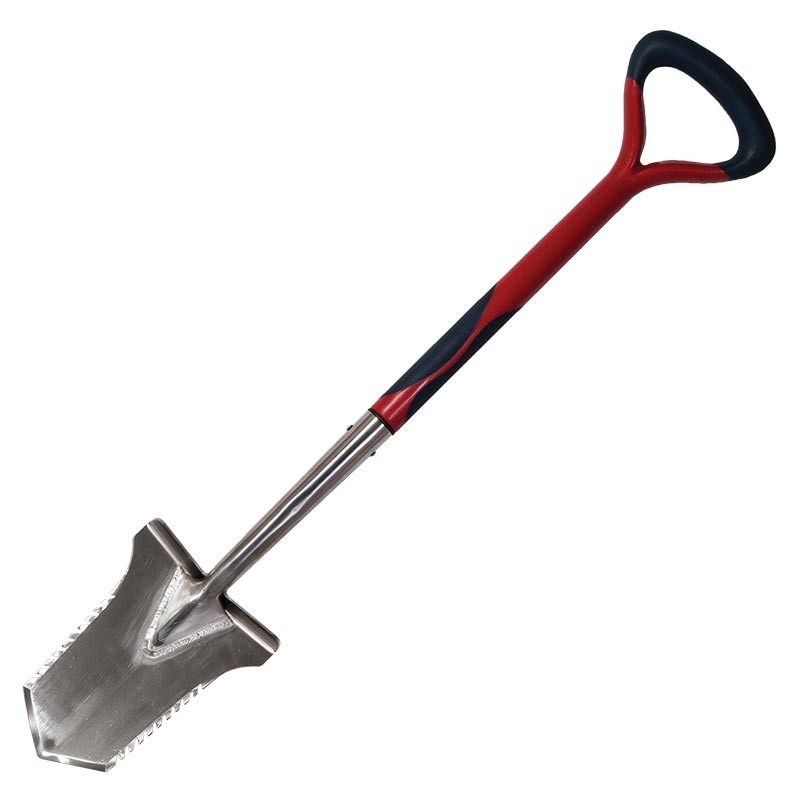
The Evolution Pro Cut
The ultimate accessary for the serious metal detectorist. Super strong, stainless steel specially designed spade.
Timing is Everything: When to Hit the Field
Alright, so you know why storms are great for detecting and where to go. But when’s the best time to get out there? Timing can make all the difference between coming home empty-handed and finding that prized treasure.
- Immediately After the Storm: If it’s safe, try to get out as soon as the storm passes. You’ll have first dibs on any newly exposed items.
- Low Tide: For beach detecting, aim for low tide. More beach is exposed, giving you a larger area to search.
- Early Morning: Beat the crowds by heading out at dawn. Plus, the low angle of the sun can help you spot items on the surface.
- Consecutive Stormy Days: If you’ve had a string of stormy weather, wait for a break. The cumulative effect of multiple storms can uncover even more treasures.

Remember, patience is key. Sometimes, it takes a day or two for the ground to settle and drain, making detecting easier and more effective.
I once heard a story about a detectorist who braved the elements right after a storm. He was soaked to the bone and about to call it quits when his detector went off.
Lo and behold, he’d found a gold sovereign that had been washed out of a cliff face. Talk about dedication paying off!
Essential Gear for Post-Storm Detecting
Now, let’s talk kit. Post-storm detecting requires a bit more than just your trusty metal detector. Here’s what you’ll need:
- Waterproof Metal Detector: Not all detectors can handle wet conditions or wet beaches. Invest in a waterproof model if you’re serious about post-storm hunting. I have a great article on beach metal detecting here.
- Sturdy Boots: You’ll likely be trudging through mud and wet sand. Good boots are a must. Read my article on choosing the right boots here.
- Rain Gear: Even if the storm’s passed, you might face drizzle or wind. Stay dry and comfortable. Read my article on choosing the correct clothing here.
- Pinpointer: This handheld device helps you locate small items in wet sand or mud. Read my more in depth article on metal detecting pinpointers here.
- Sand Scoop or Shovel: Essential for digging in different terrains. Read my more in depth articles on sand scoops here and also choosing the correct shovel here.
- Finds Bag: Keep your treasures safe and organised. Read my more in depth article on kit bags here.
- First Aid Kit: Safety first, always!
Don’t forget to protect your detector too. Some detectorists use a plastic bag over the control box for extra protection against residual rain or sea spray.

Ultimate Tactical Packs!
Carry everything you’ll need for a detecting day like a First Aid kit, detector spares, finds boxes, batteries, snacks and drinks to rehydrate.
Never forget anything again with a belt pack!
Techniques for Successful Post-Storm Detecting
Right, you’re geared up and ready to go. But how do you make the most of your post-storm detecting session? Here are some tried and true techniques:
- Grid Search: Methodically cover the area in a grid pattern. This ensures you don’t miss any spots.
- Slow and Steady: Move your detector slowly. Wet ground can affect signal strength, so take your time.
- Dig Smart: In areas with historical significance, be careful how you dig. Use proper techniques to preserve the site.
- Adjust Your Settings: Wet ground can affect your detector’s performance. You might need to adjust sensitivity or ground balance.
- Look for Visual Clues: Sometimes, storms can partially uncover items. Keep your eyes peeled for anything unusual on the surface.
- Check Erosion Points: Pay special attention to areas where water has clearly eroded the land. These spots often yield the best finds.
Remember, post-storm detecting isn’t just about finding treasure. It’s about understanding how the landscape changes and how this affects what we can discover about our past.
Legal and Ethical Considerations
Before you dash out after the next big storm, let’s have a quick chat about the legal and ethical side of things. It’s important to treasure hunt responsibly:
- Always get permission before detecting on private land.
- Be aware of local laws and regulations about metal detecting.
- If you find something of historical significance, report it to the Portable Antiquities Scheme.
- Fill in your holes and leave the area as you found it.
- Respect other detectorists and share the space.
Remember, we’re custodians of history. Treat your finds with respect and consider donating significant items to local museums.
FAQs
Q: Is it safe to go metal detecting immediately after a storm?
A: Safety should always come first. Wait until conditions are safe and be aware of potential hazards like debris or unstable ground.
Q: Do I need a special metal detector for post-storm hunting?
A: While not essential, a waterproof detector is ideal for wet conditions.
Q: What’s the best time to go detecting after a storm?
A: If it’s safe, try to go as soon as possible after the storm passes. Early morning low tides can be particularly productive for beach detecting.
Q: Are there any special permissions needed for post-storm detecting?
A: The usual rules apply – always get landowner permission and be aware of any local restrictions or protected areas.
Conclusion
Metal detecting after storms can indeed uncover hidden treasures, turning a regular day out with your detector into an extraordinary adventure through time. The key is to be prepared, stay safe, and approach your hunt with respect for both the land and its history.
Remember, every storm brings the potential for new discoveries. So next time the weatherman predicts a bit of rough weather, don’t despair. Instead, start planning your next detecting adventure.
Who knows what treasures the storm might reveal? Happy hunting, and may your next post-storm detect be filled with exciting finds!

Unbeatable Multi Frequency!
You can now get the ultimate power of multi frequency technology over single frequency detectors with the Minelab Vanquish range of detectors.
The entry level Vanquish 340 now gives you ultimate depth, stability and sensitivity on all target types in every soil, including wet beach sand.
